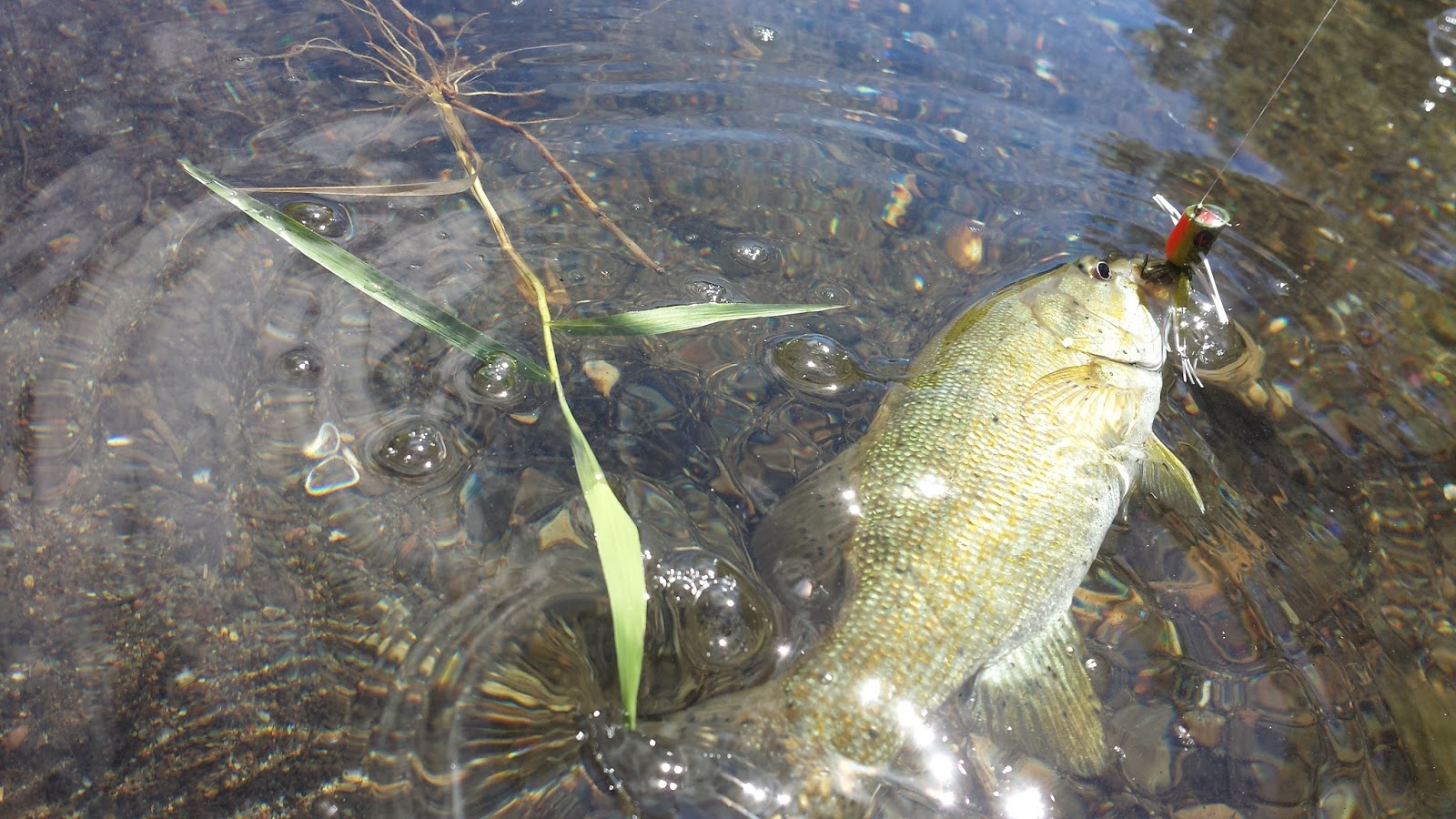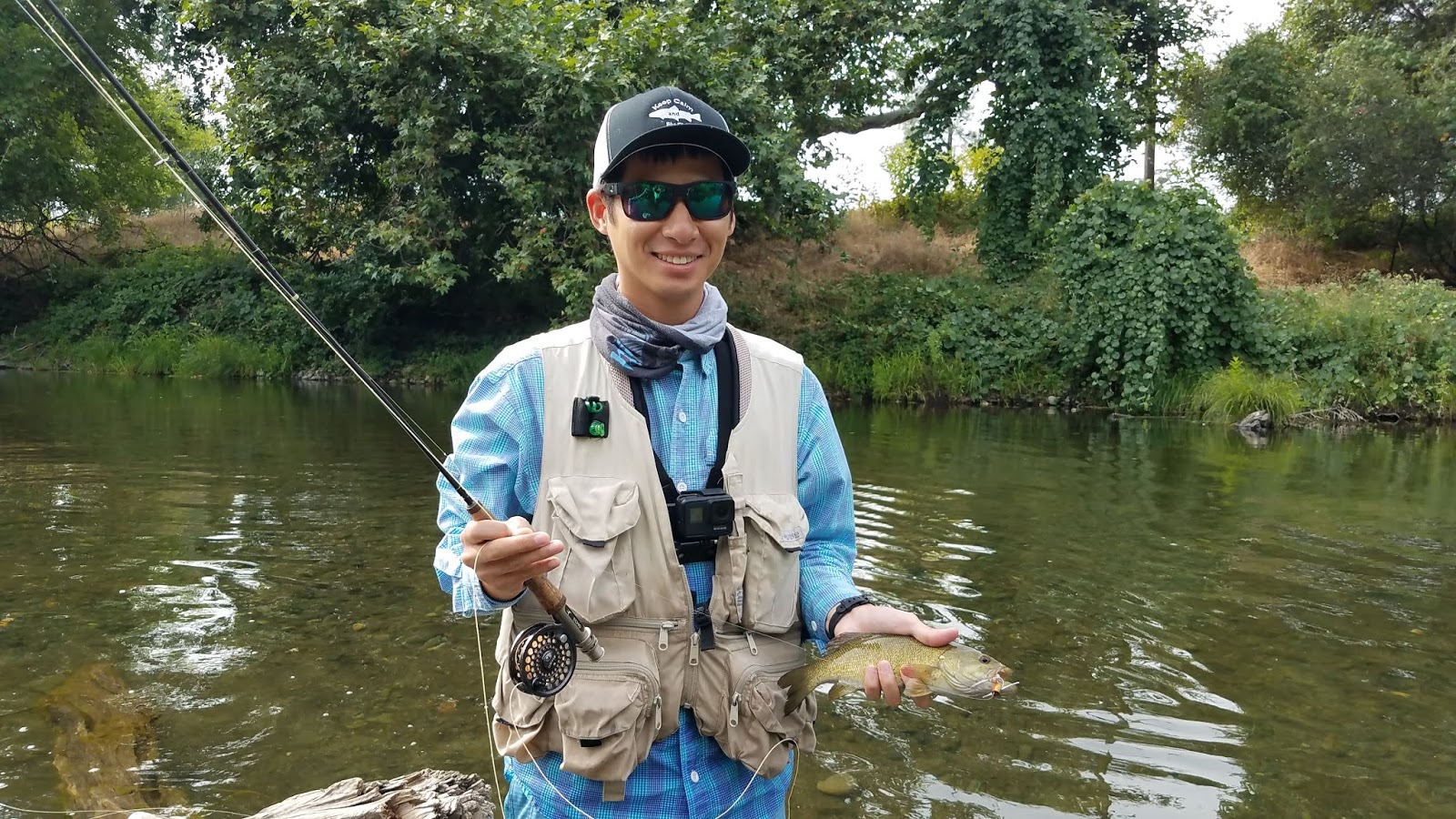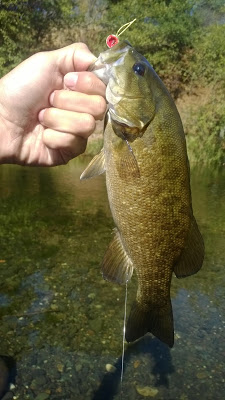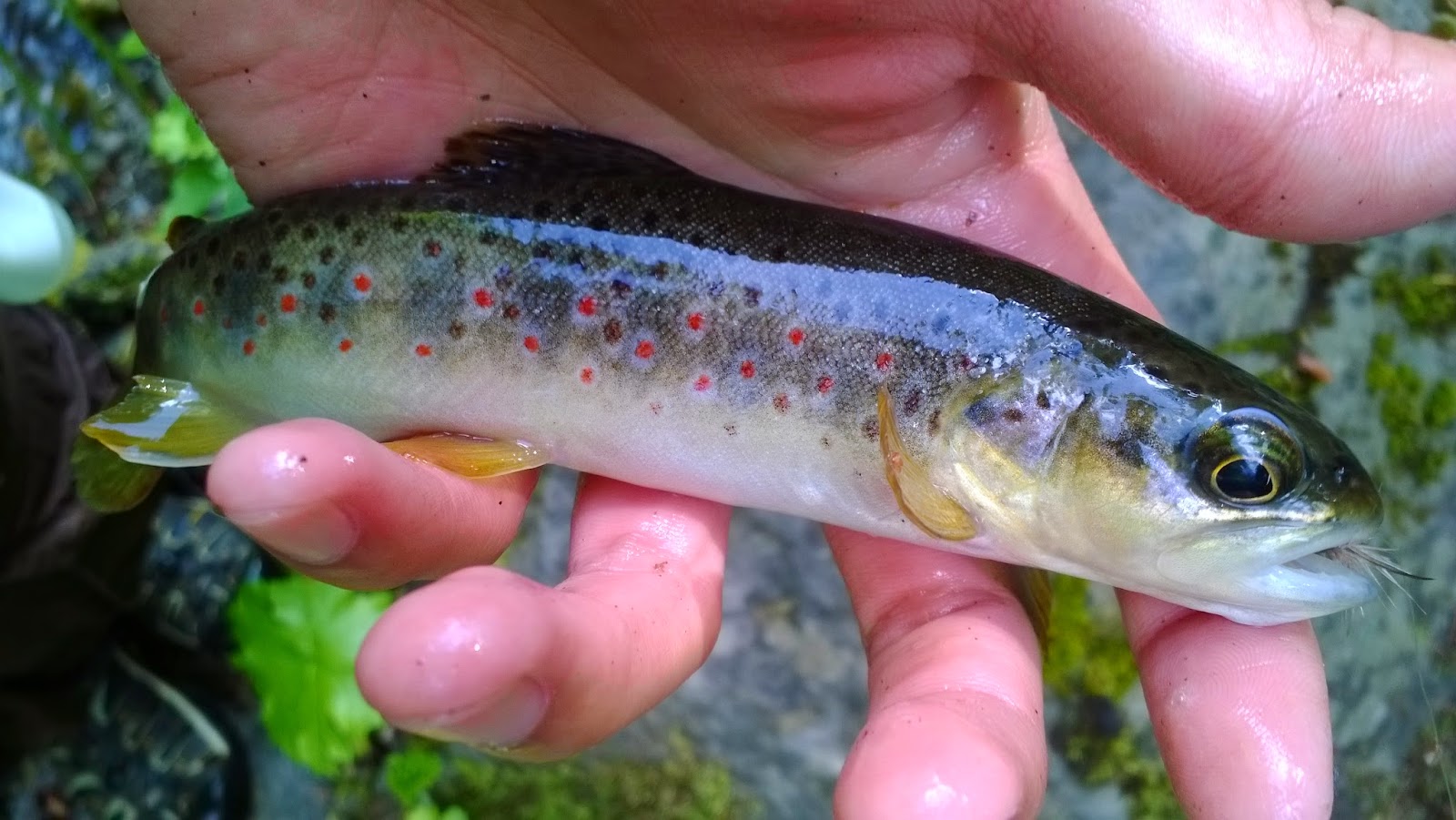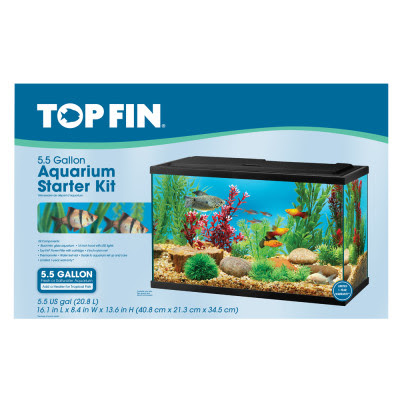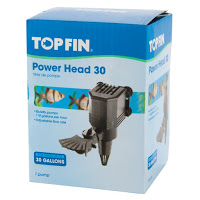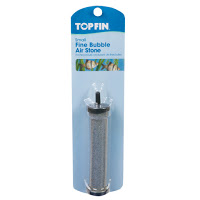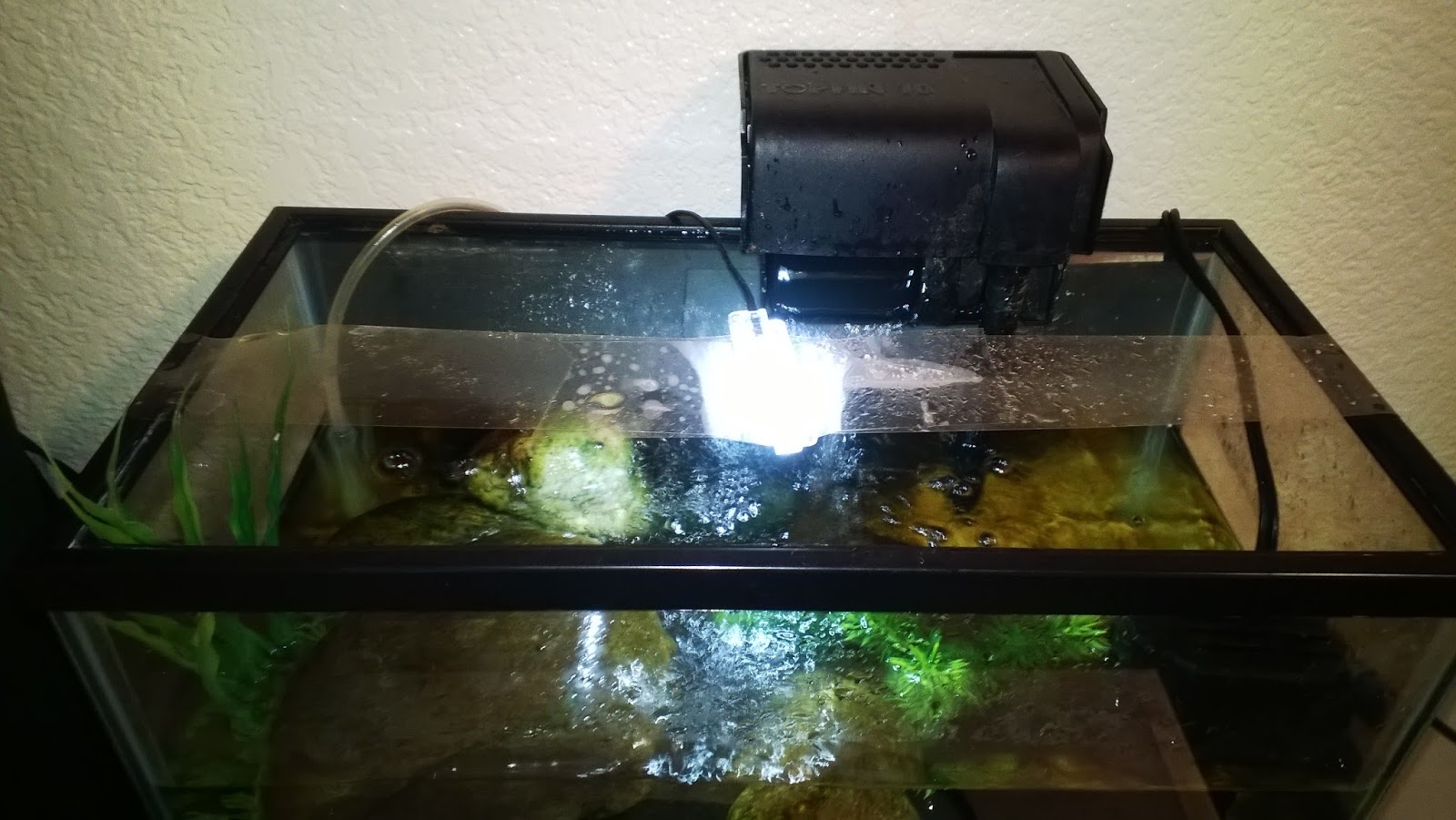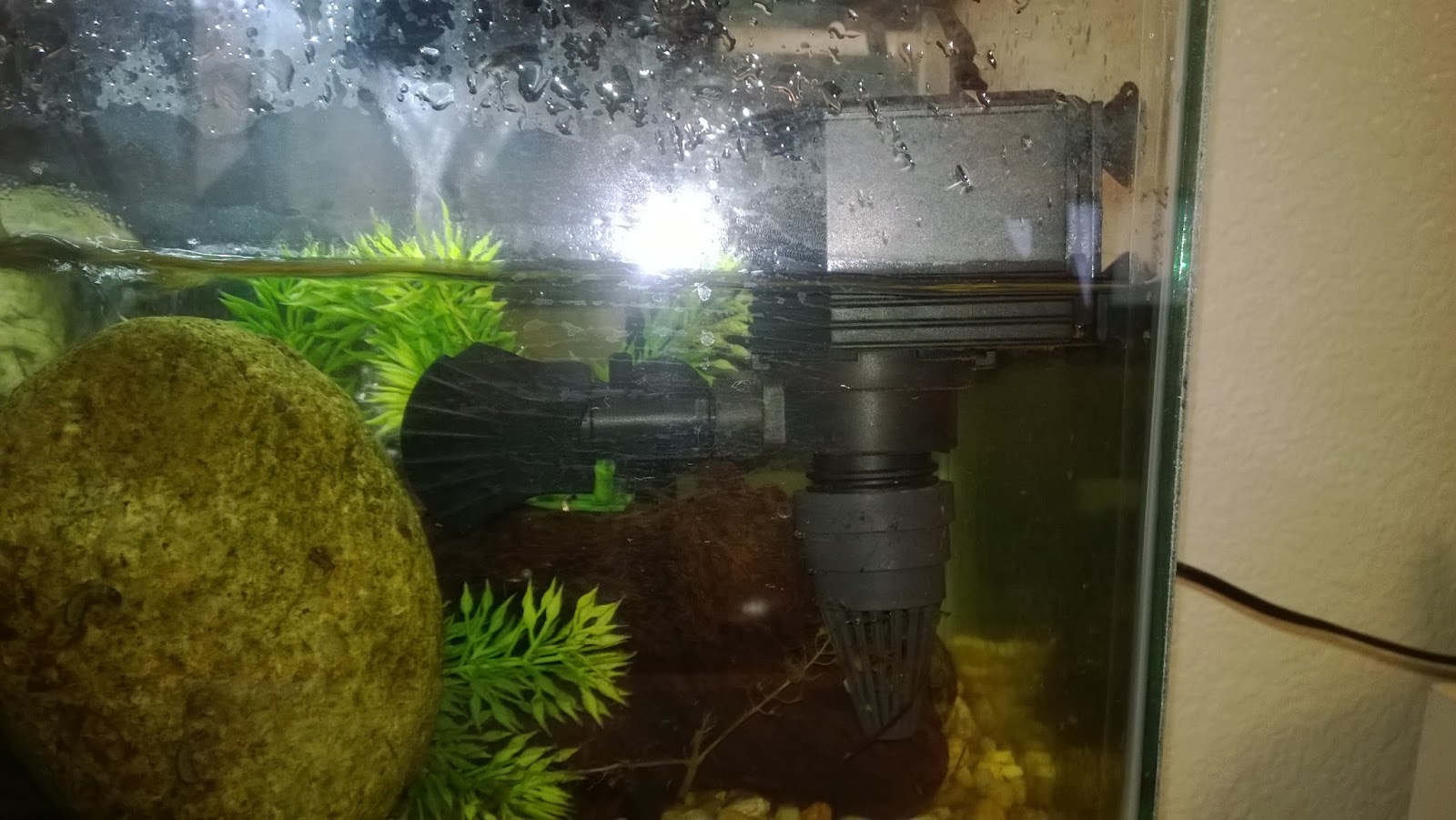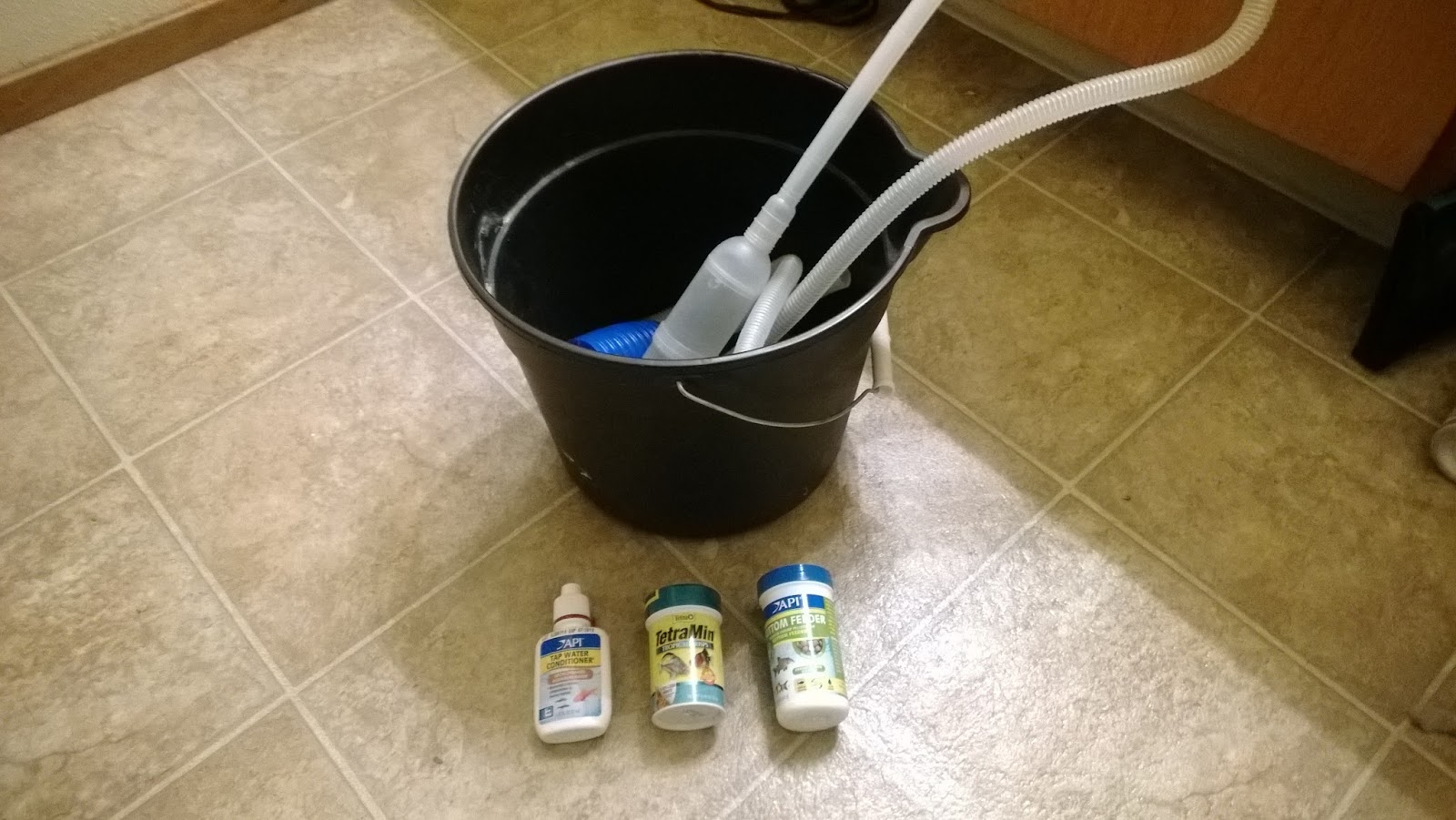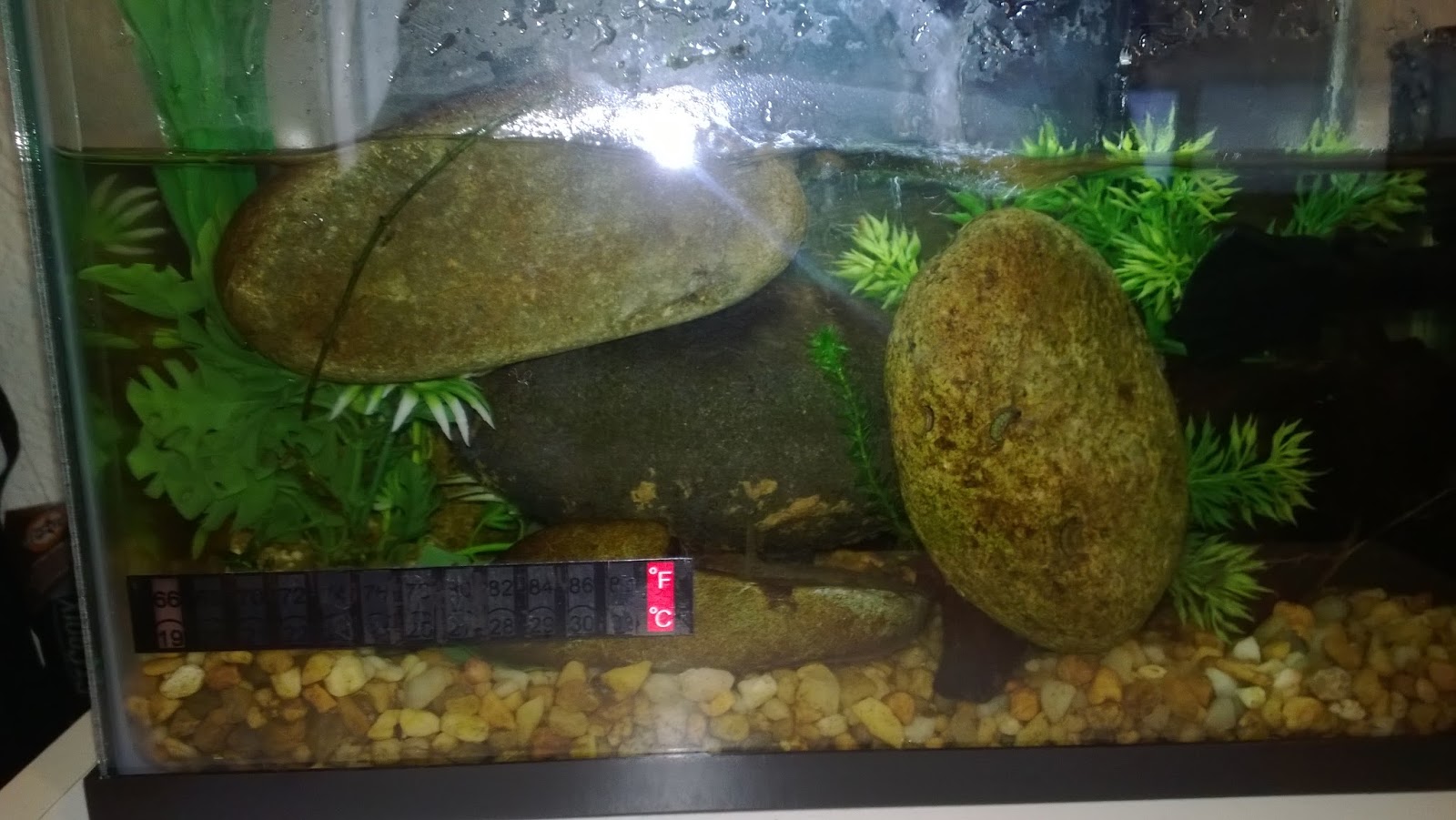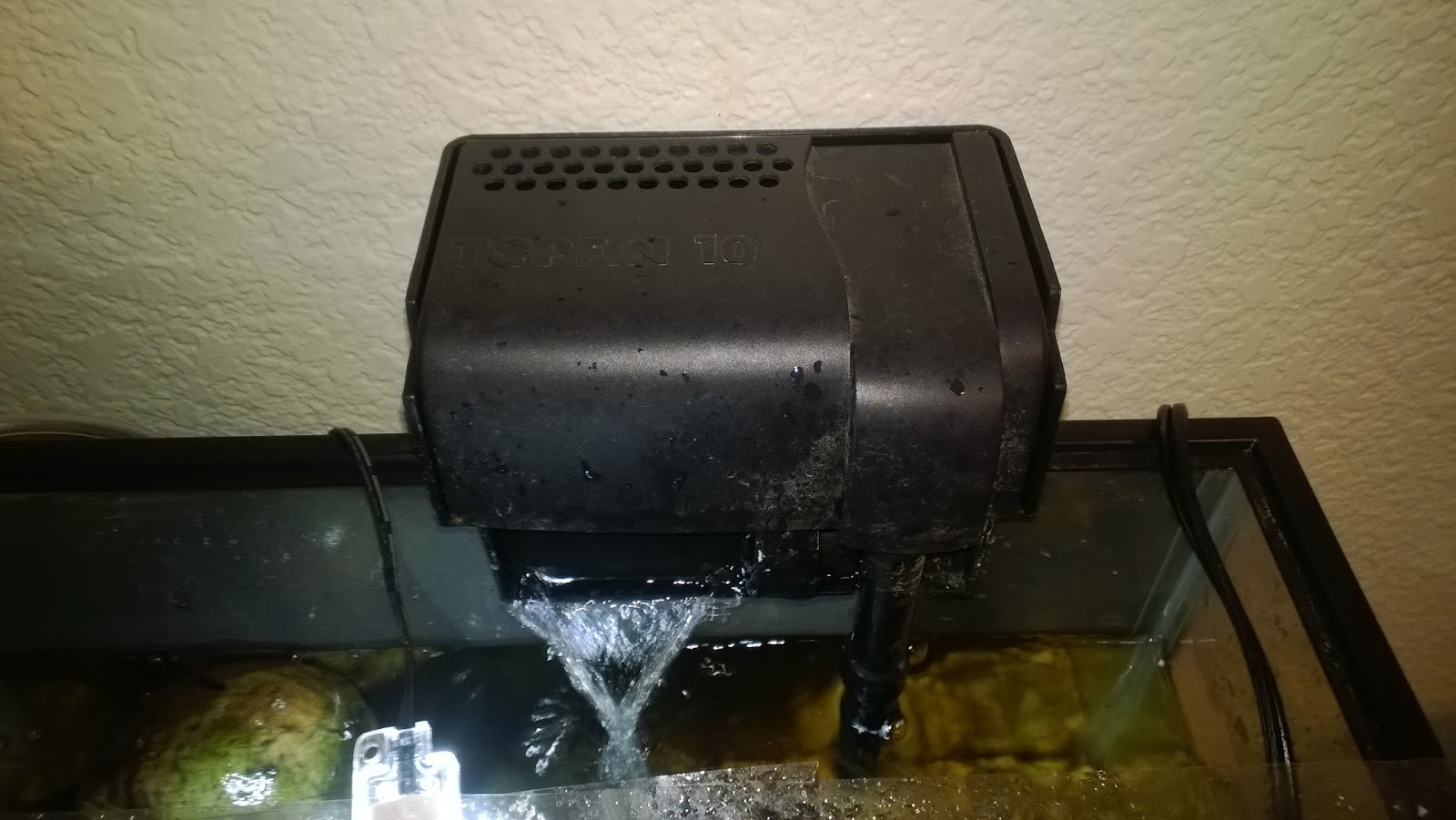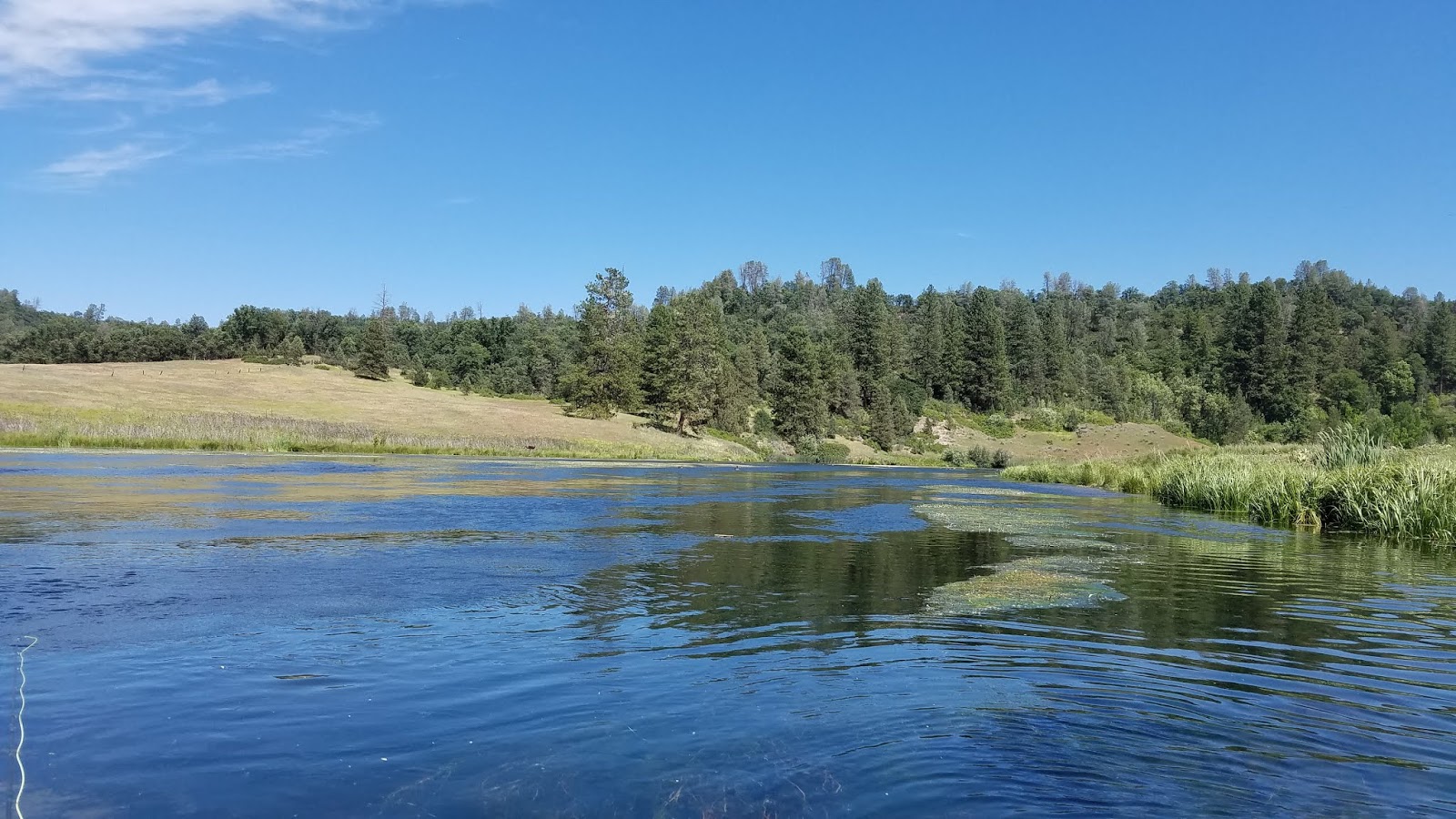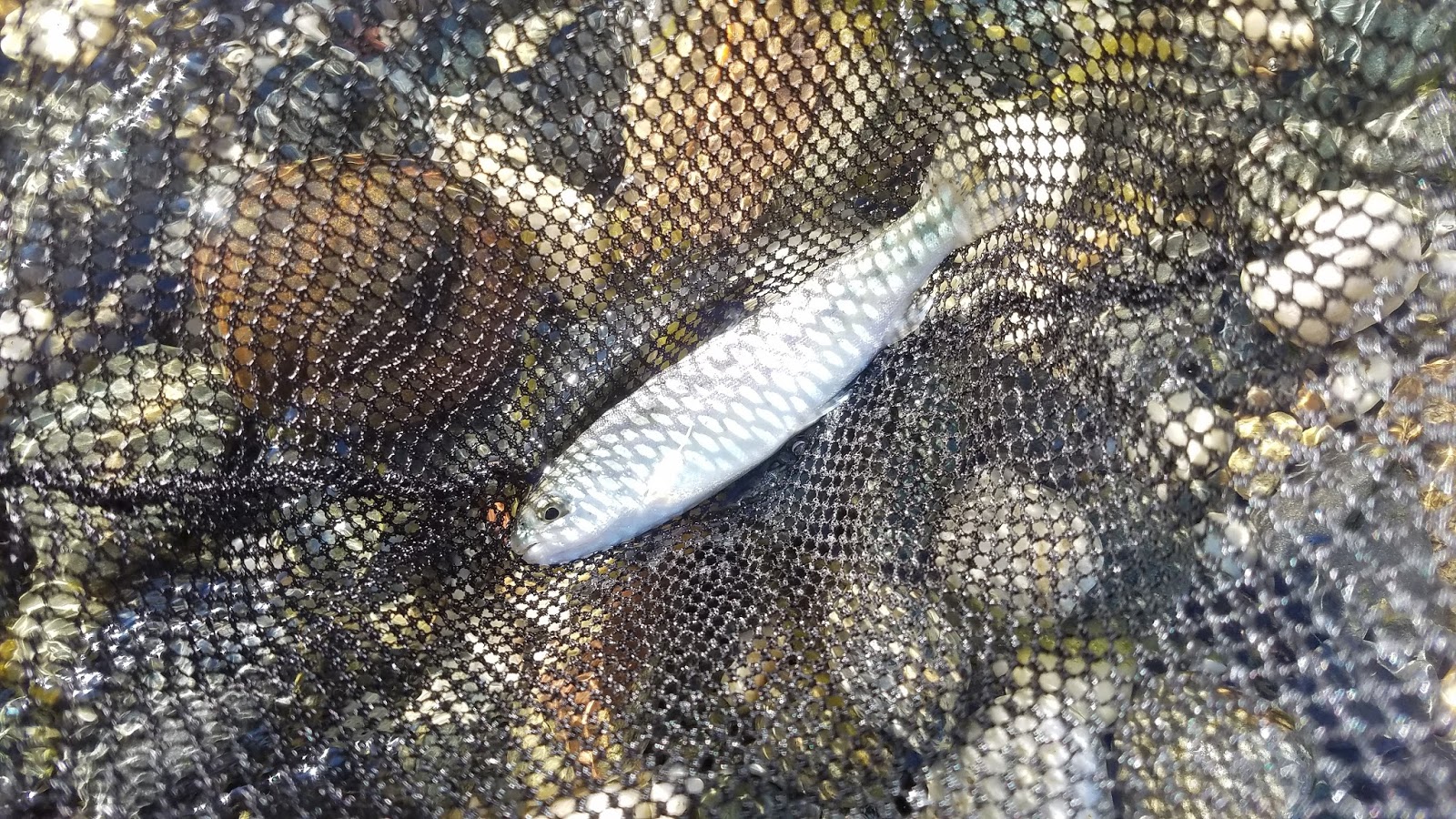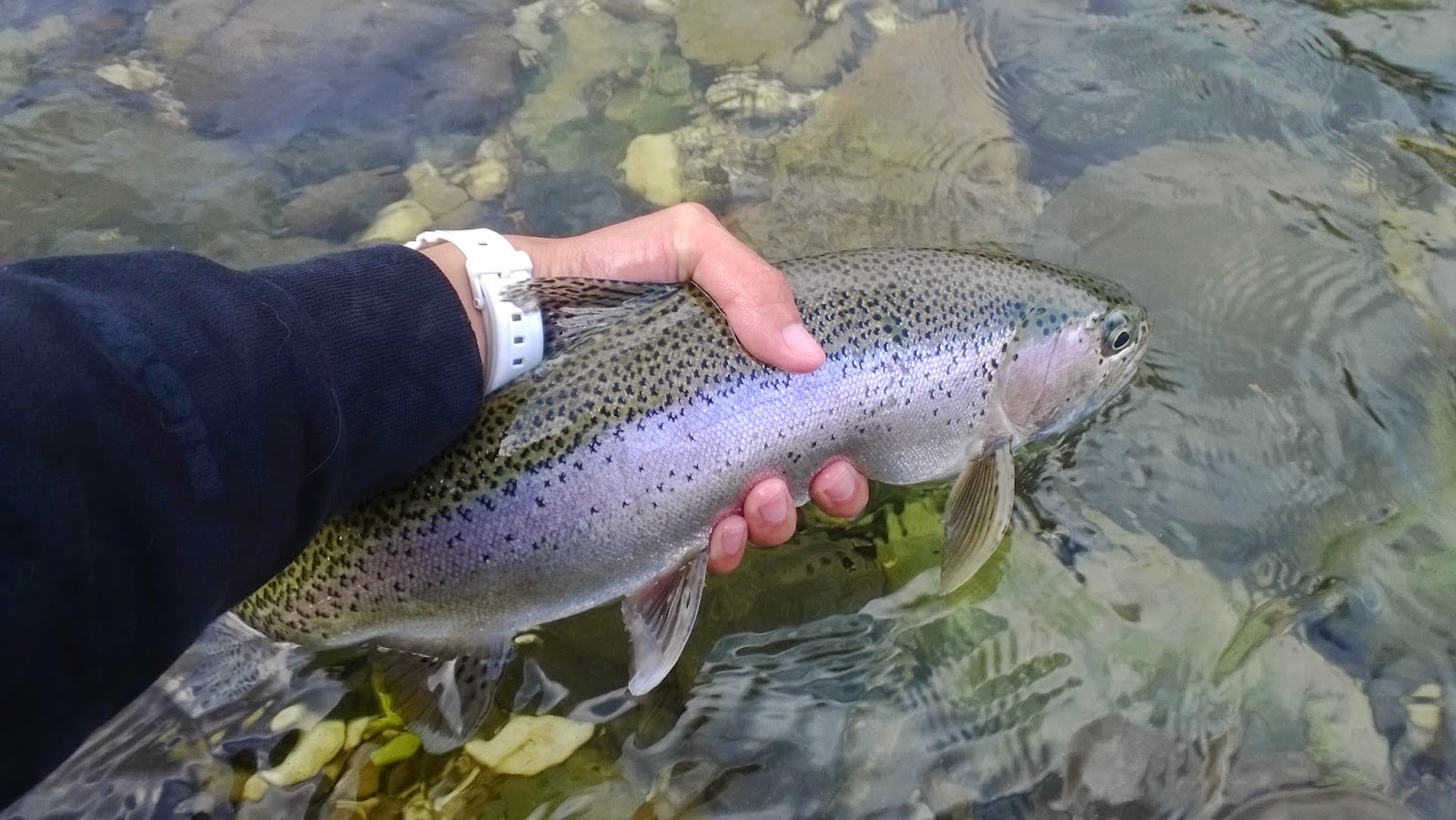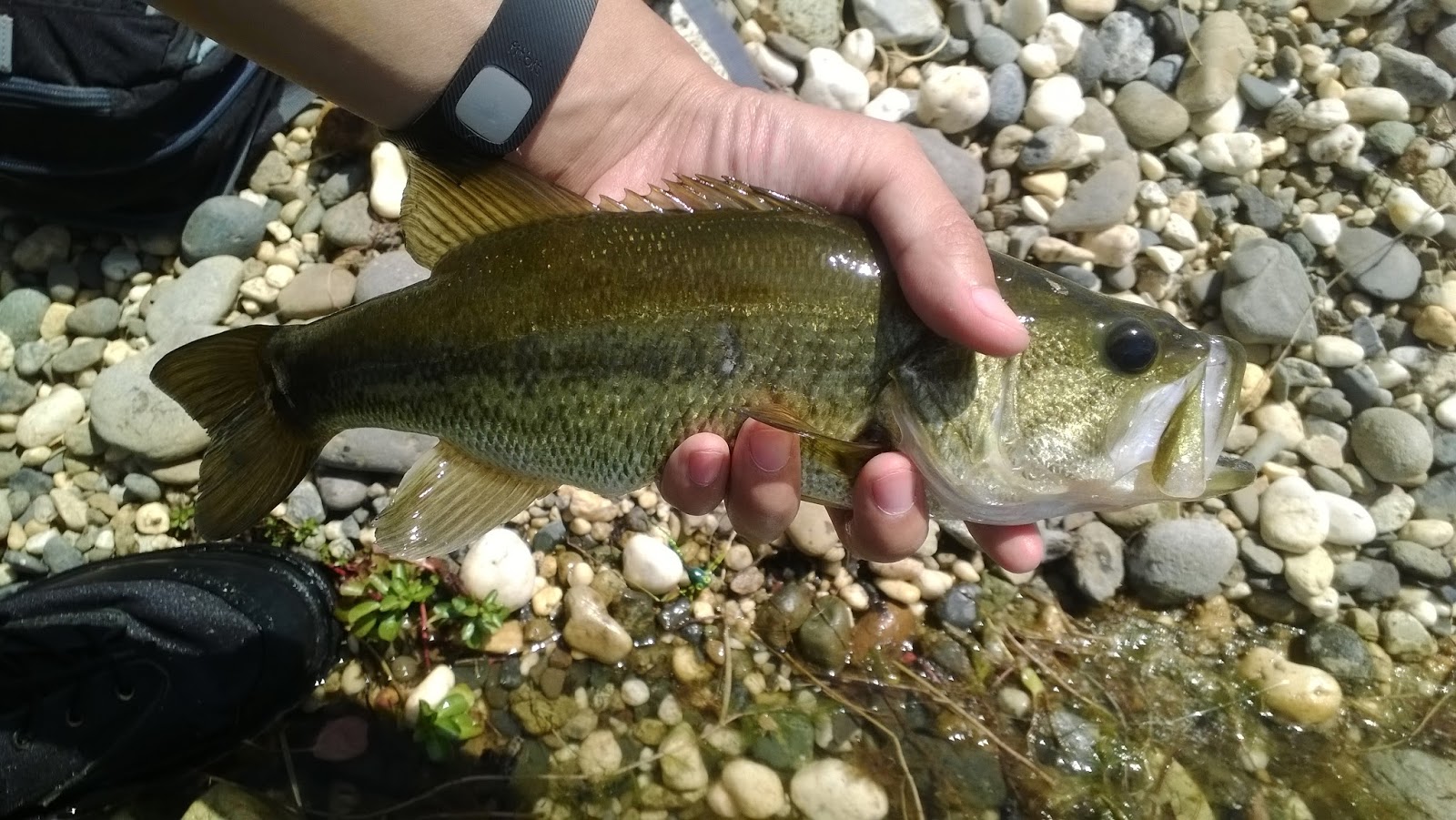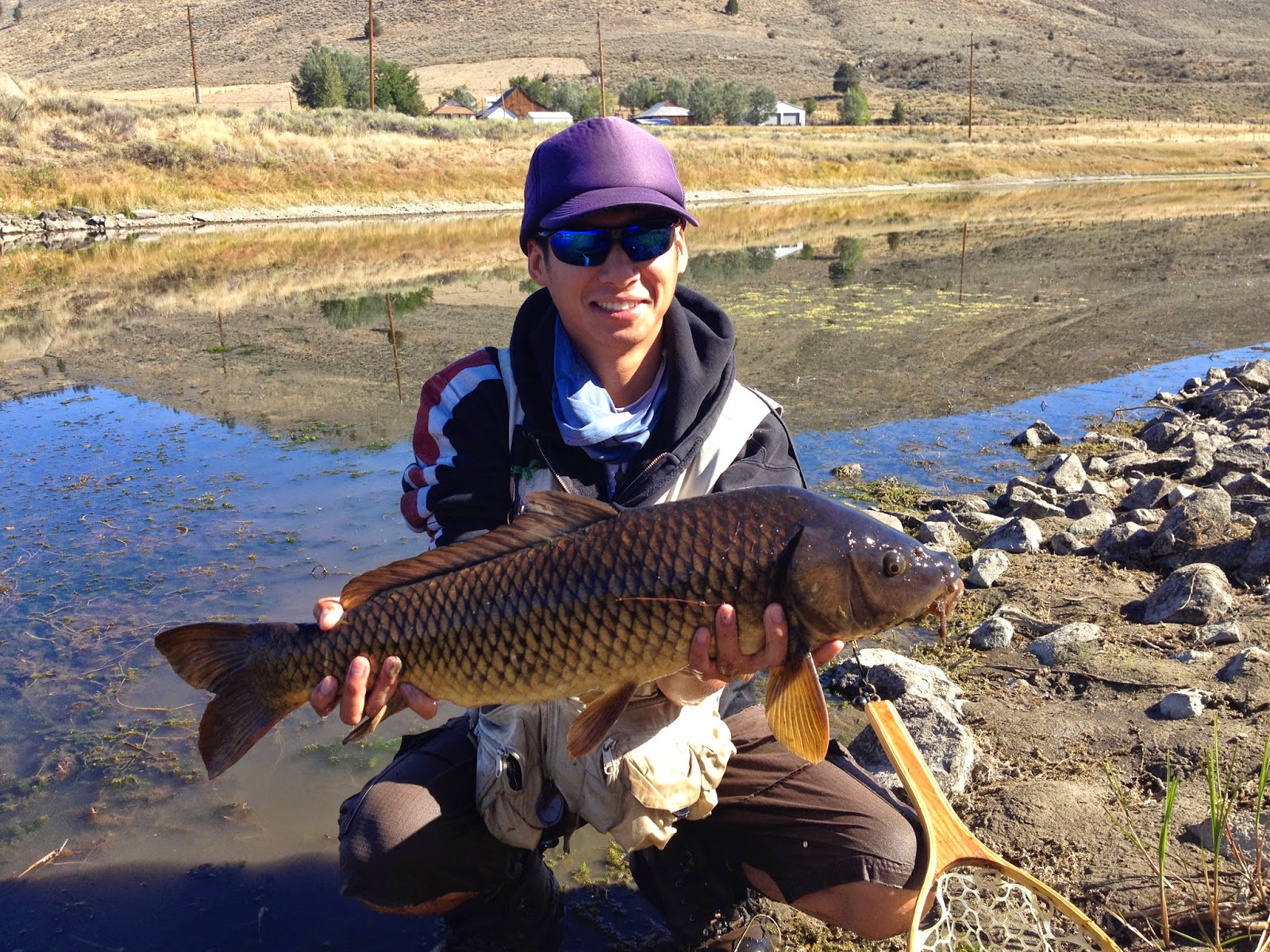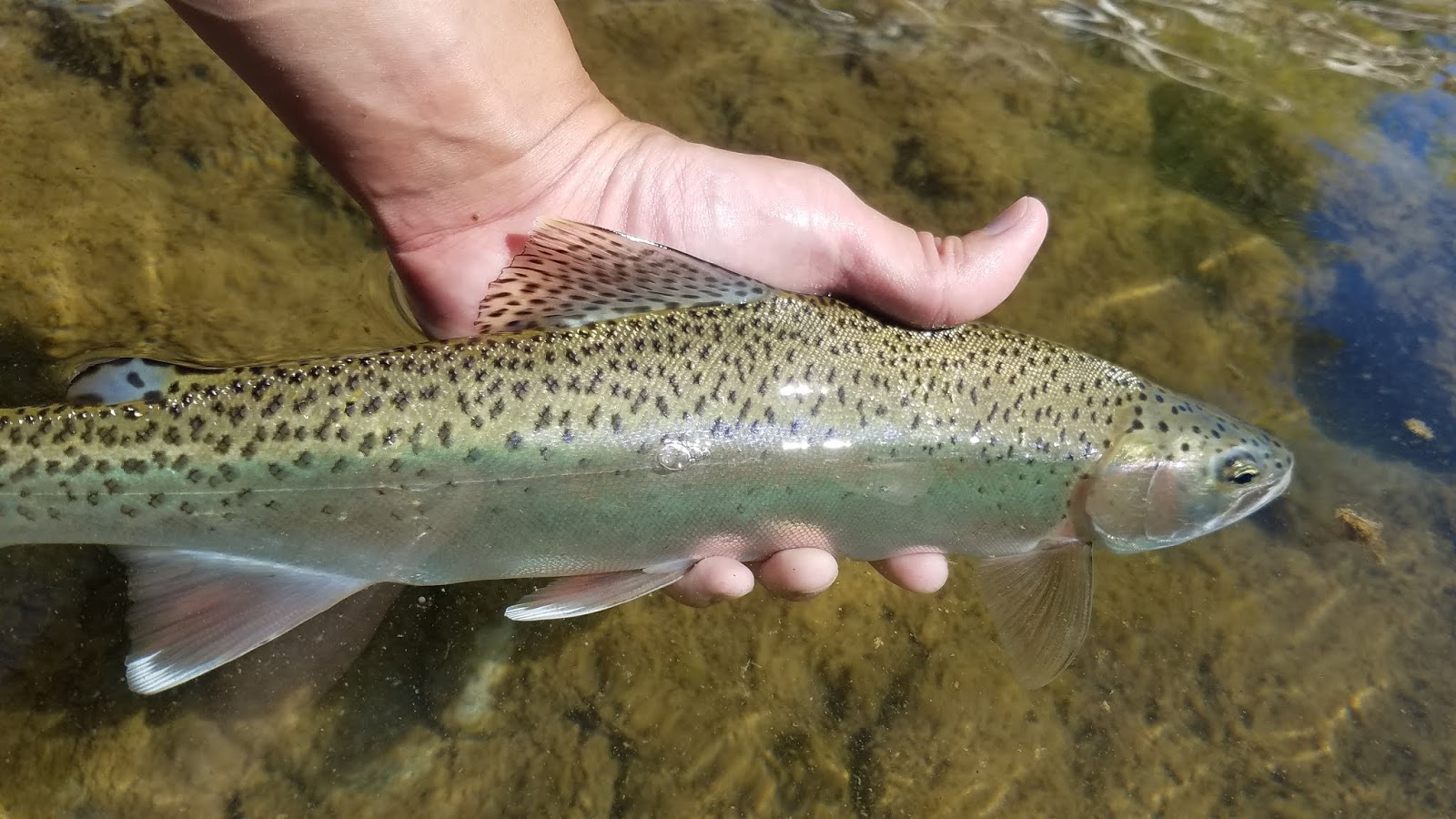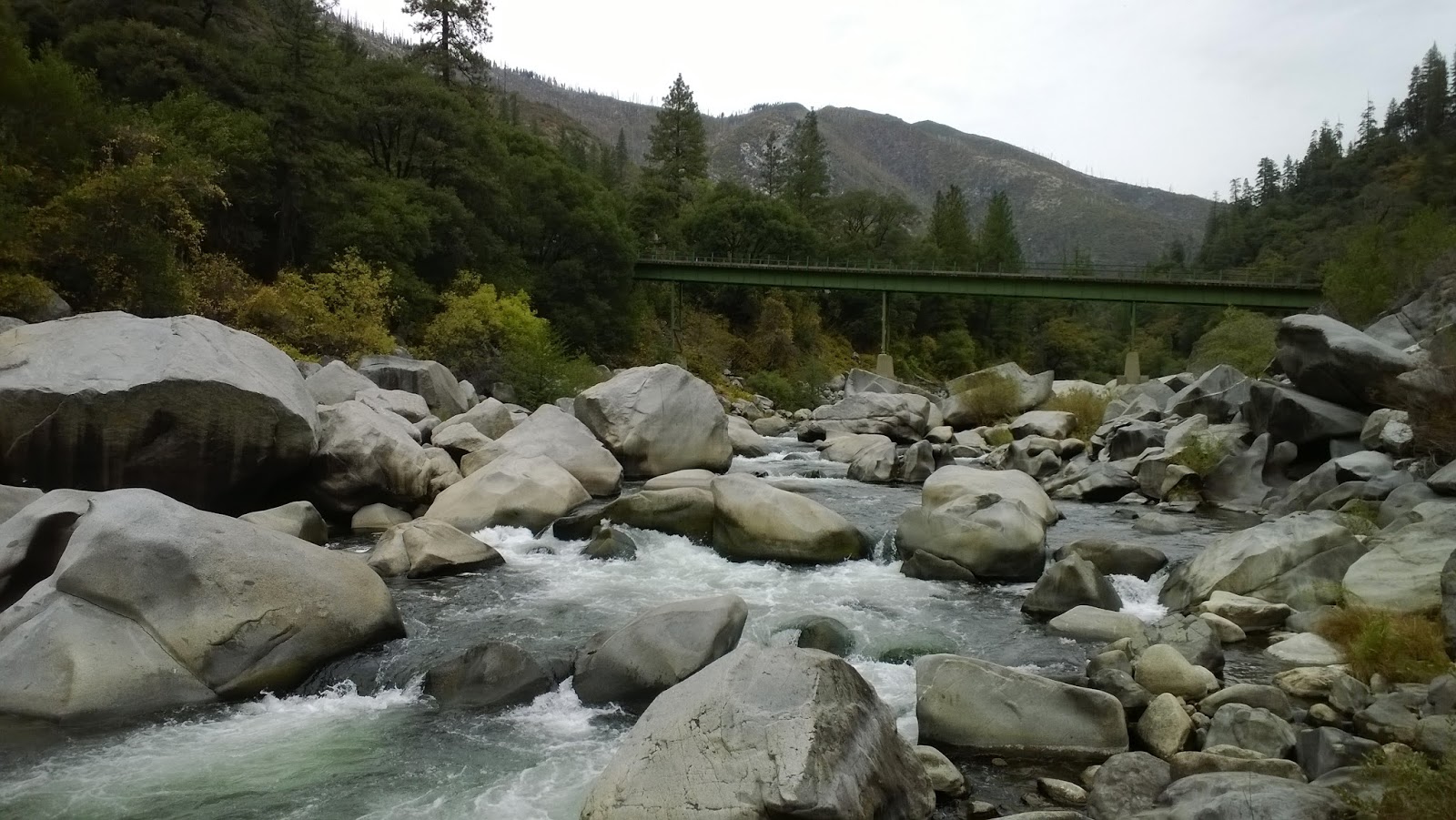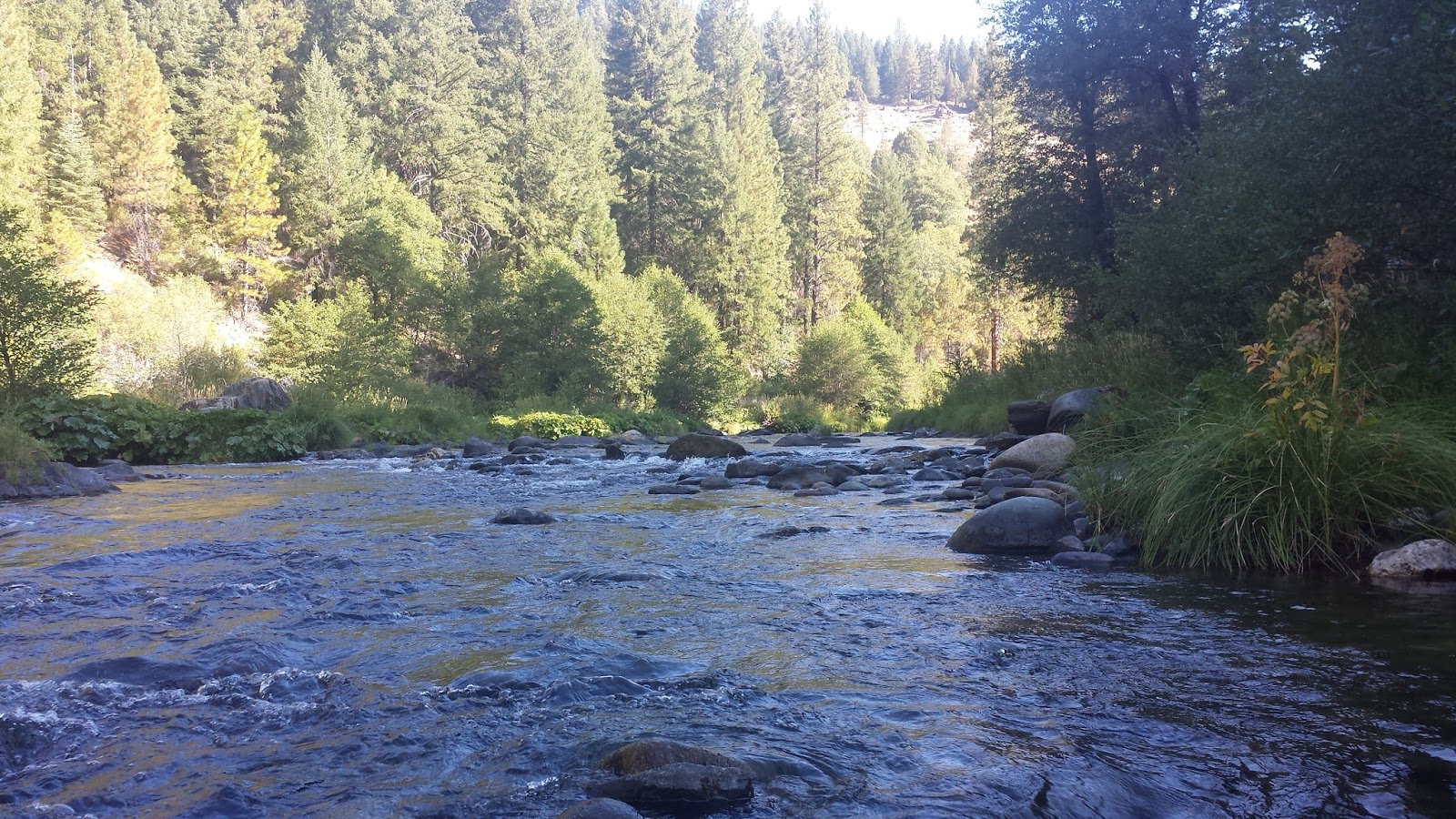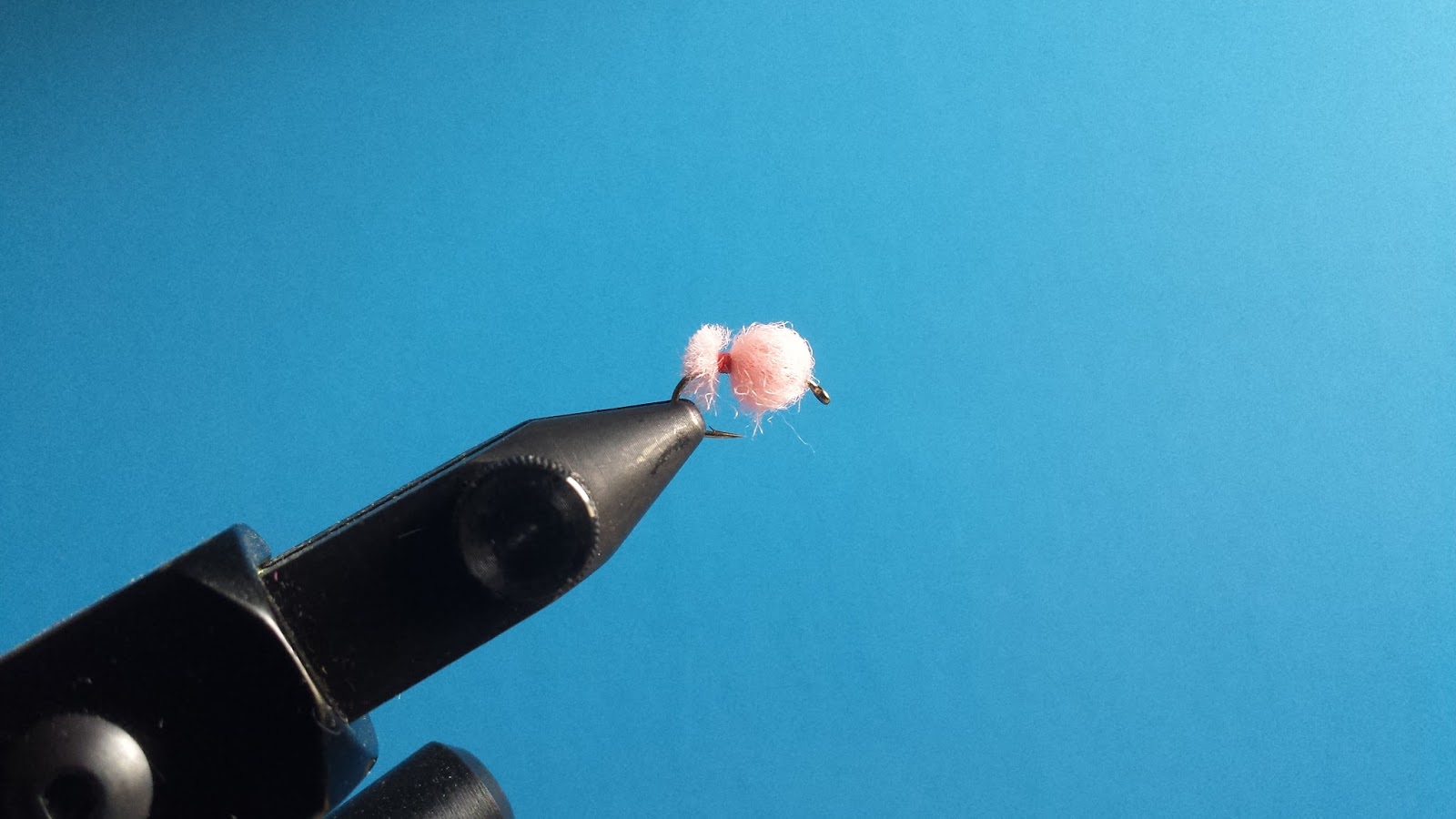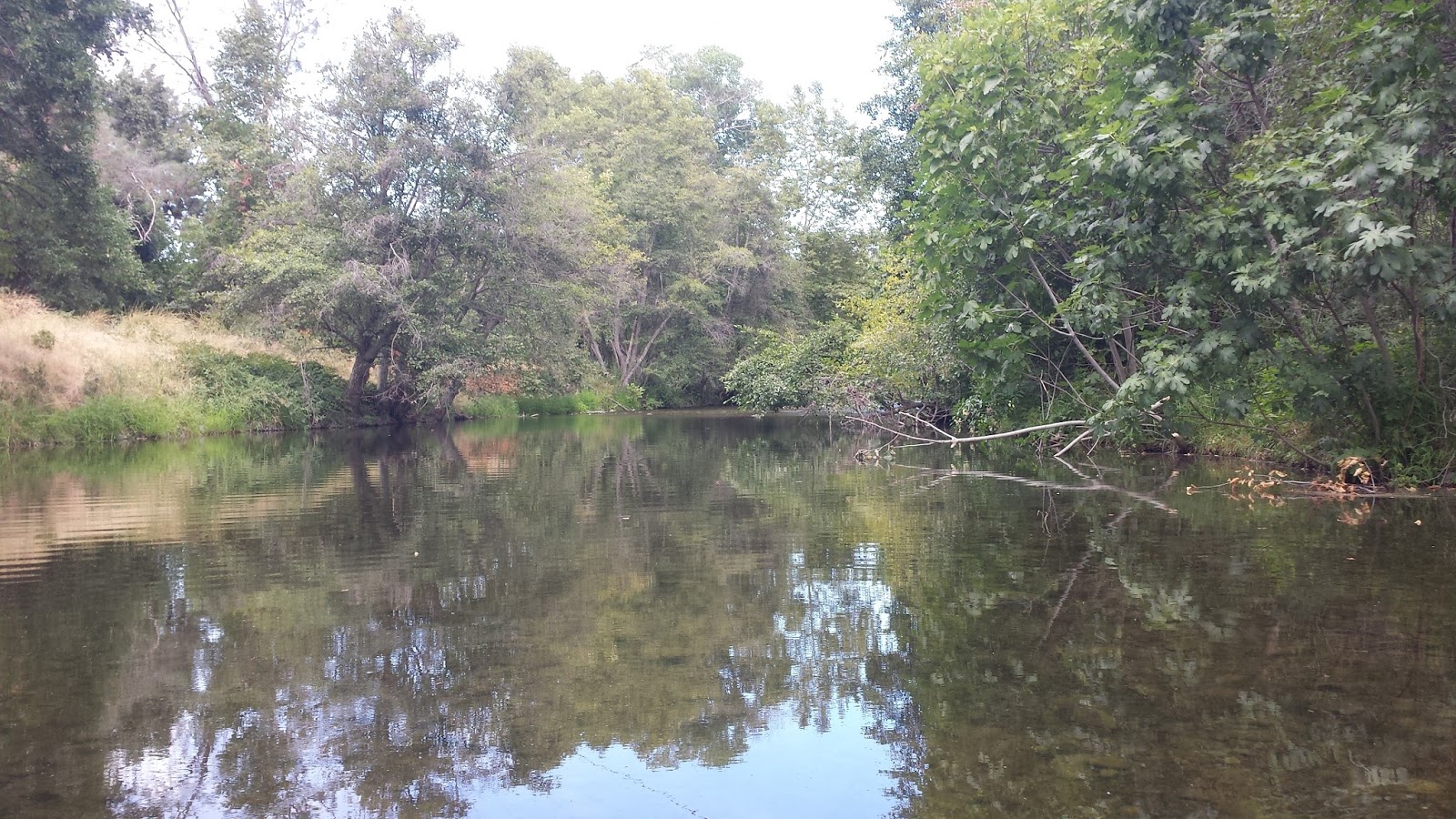 |
| Big Chico Creek |
Big Chico Creek (BCC) begins its headwaters in the Colby Mountains where it flows 45 miles downstream to its confluence within the Sacramento River. BCC is one of the few tributaries of the Sacramento River that continues to remain undammed. Every year endangered spring-run chinook salmon and steelhead can be found holding within Upper Bidwell Park’s deep basalt pools waiting to spawn in the fall.
BCC runs through the town of Chico and Bidwell Municipal Park making it easy to access for both new and veteran anglers.
The lower watershed is primarily a summer smallmouth fishery although trout can be found throughout the creek during the winter and spring. The upper watershed is a small stream that is home to both wild rainbow and brown trout.
Open Season
A) From mouth to Bear Hole, located approximately one mile downstream from the upper end of Bidwell Park.
Open from June 16th – February 15th
*Only artificial lures with barbless hooks from October 16th to February 15th
*2 hatchery trout or hatchery steelhead. 4 hatchery trout or hatchery steelhead in possession.
B) From Bear Hole to the upper boundary of the Big Chico Creek Ecological Reserve
Open from November 1st – April 30th.
*Only artificial lures with barbless hooks.
*2 hatchery trout or hatchery steelhead. 4 hatchery trout or hatchery steelhead in possession.
C) From the upper boundary of the Big Chico Creek Ecological Reserve to Higgins Hole Falls, located about one half mile upstream from Ponderosa Way.
Closed to all fishing all year.
D) Above Higgins Hole Falls to headwaters in Colby Mountains.
Open from the last Saturday in April – November 15th
*No restrictions. Five fish limit.
November 16th – Preceding last Saturday of April
*Only artificial lures with barbless hooks
*Zero fish limit. Catch-and-release only.
Access Points
The first access to BCC is off River Road about 10 – 15 minutes outside Chico. There is a small boat launch site at the Big Chico Day Use site.
The water here is very marshy and difficult to access due to the overgrowth along the bank. A kayak, float tube, or other small watercraft is required to get to the best spots. The best time to fish this area of the creek is the beginning of the season and in the fall. This spot often becomes too weedy to fish during the summer.
Although BCC could be accessed around different areas around Chico, Lower Bidwell is the next best place to fish. Lower Bidwell is either accessed at Peterson Memorial Way and both Vallombrosa Ave and South Park Drive which parallels the creek.
I have very little experience fishing this section because of the amount of traffic it receives from visitors. The fishing here can be decent but I don’t frequent this area often.
Upper Bidwell provides the most access points with several parking areas and turnouts located throughout the park. Hooker Oak Park, Centennial Avenue, and Wildwood Avenue are good access points.
*Wildwood Avenue turns into Upper Park Road which eventually ends at a
gate. The days and hours the gate to the Upper Park often changes therefore check online before heading out.
Try avoiding swimmers and dogs as they will spook fish! There are a lot of nice holes in this area so if your honey hole is taken look for another spot.
The access point to the Big Chico Creek Ecological Reserve that I am familiar with is only accessible by hiking on Ten Mile House Road/Green Gate or 14 Mile House. There is a small parking lot outside the gate that you can park in. It takes about 40 minutes to get to the creek and twice that to get back up.
This area is difficult to access due to steep cliffs, overgrowth, brush, and irregular basalt rocks. Be prepared to do some bushwhacking and canyoneering to get down to the creek. This section fishes best in the spring. Flows below 300 CFS are ideal.
The easiest access point to the Upper BCC watershed is on HWY 32 crossing over BCC bridge.
This is small creek water with a lot of overhanging trees. Pure small stream fly fishing.
Fish Species
| Lower Watershed (Mouth – Bear Hole) Largemouth bass Smallmouth bass Sunfish Sacramento suckerfish Pike minnow Rainbow trout Steelhead Middle Watershed (Bear Hole – Higgins Hole Falls) Rainbow trout Steelhead Sacramento suckerfish Upper Watershed (Higgins Hole Falls – Headwaters) Rainbow trout Brown trout |
Gear
2WT or 3WT Fast or Medium Action Rod
DT or WT Fly Line
Fly Patterns
- Bass flies
- Small foam poppers #4 – 8
- Woolly bugger #4 – 8
- Krystal bugger #4 – 8
- Dry flies
- EH Caddis #12 -16
- EC Caddis #12 -16
- Adams #12 -16
- Nymphs
- Pheasant tails #12 -16
- Copper John #12 -16
- Prince nymph #12 – 16
Techniques
The smallmouth bass that call BCC home are relatively easy to catch. The average smallmouth bass in BCC can range from 3” – 12” and are loads of fun on a light rod. These fish primarily prey on crayfish and small baitfish. Look for slow moving water or pools around 2ft – 4ft deep. During hot summer days the smallies will hide in deeper water or in shaded areas to get away from the heat. The deeper the pool the bigger fish you’ll find. Strip or drop-shot small buggers for subsurface action or throw poppers for topwater.
A lot of the fishing in BCC is done by sight fishing so wear a good pair of polarized sunglasses to detect when a fish takes your fly. Smallmouth are more likely to inhale their prey rather than strike it like their largemouth cousins.
Trout are most abundant in the upper watershed. These fish are small but fun to catch. A short UL fly rod is best. Any well presented dry fly or nymph will get a quick reaction from hungry wild trout.
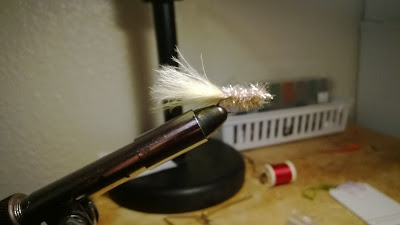 |
| Tan Krystal Bugger |
